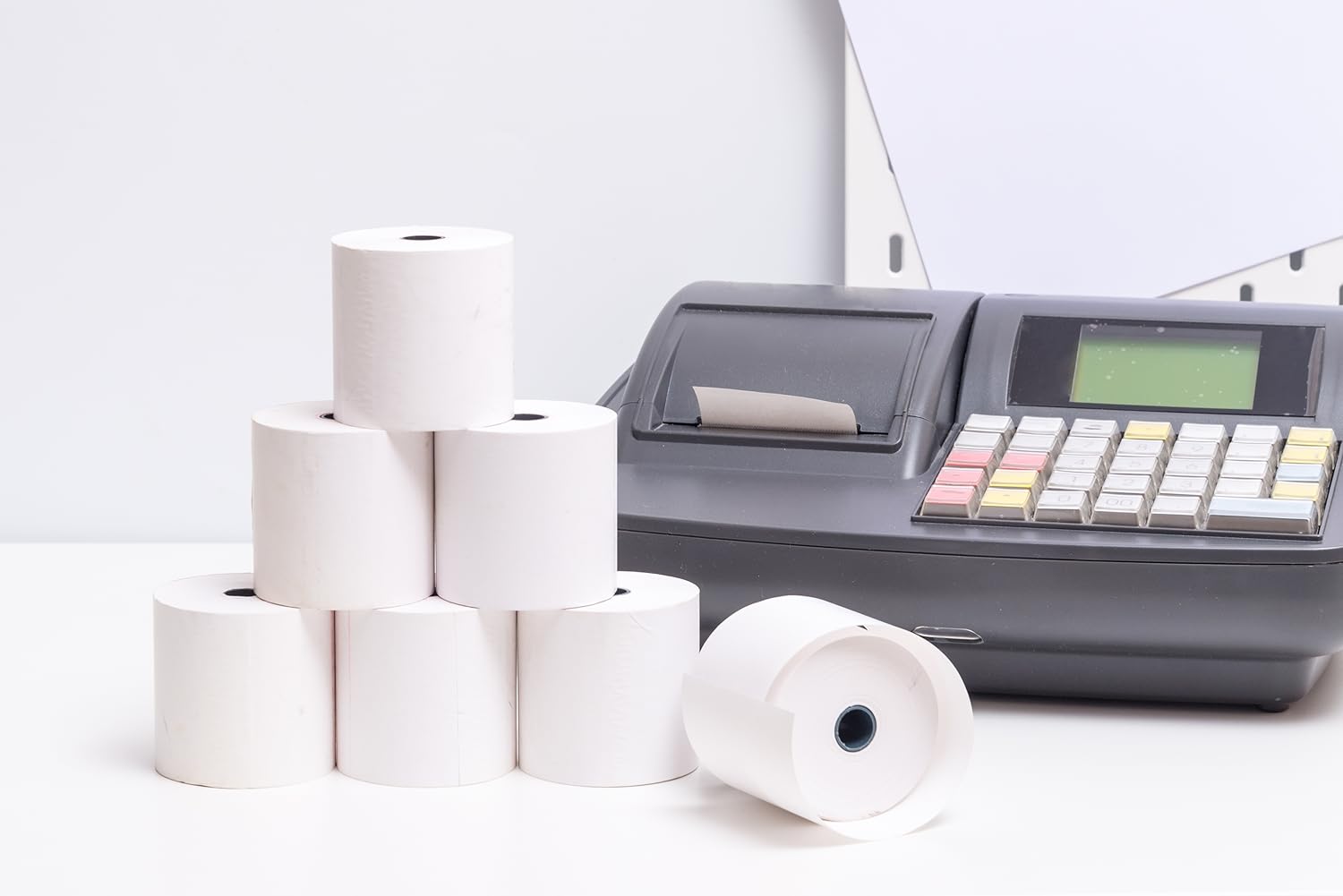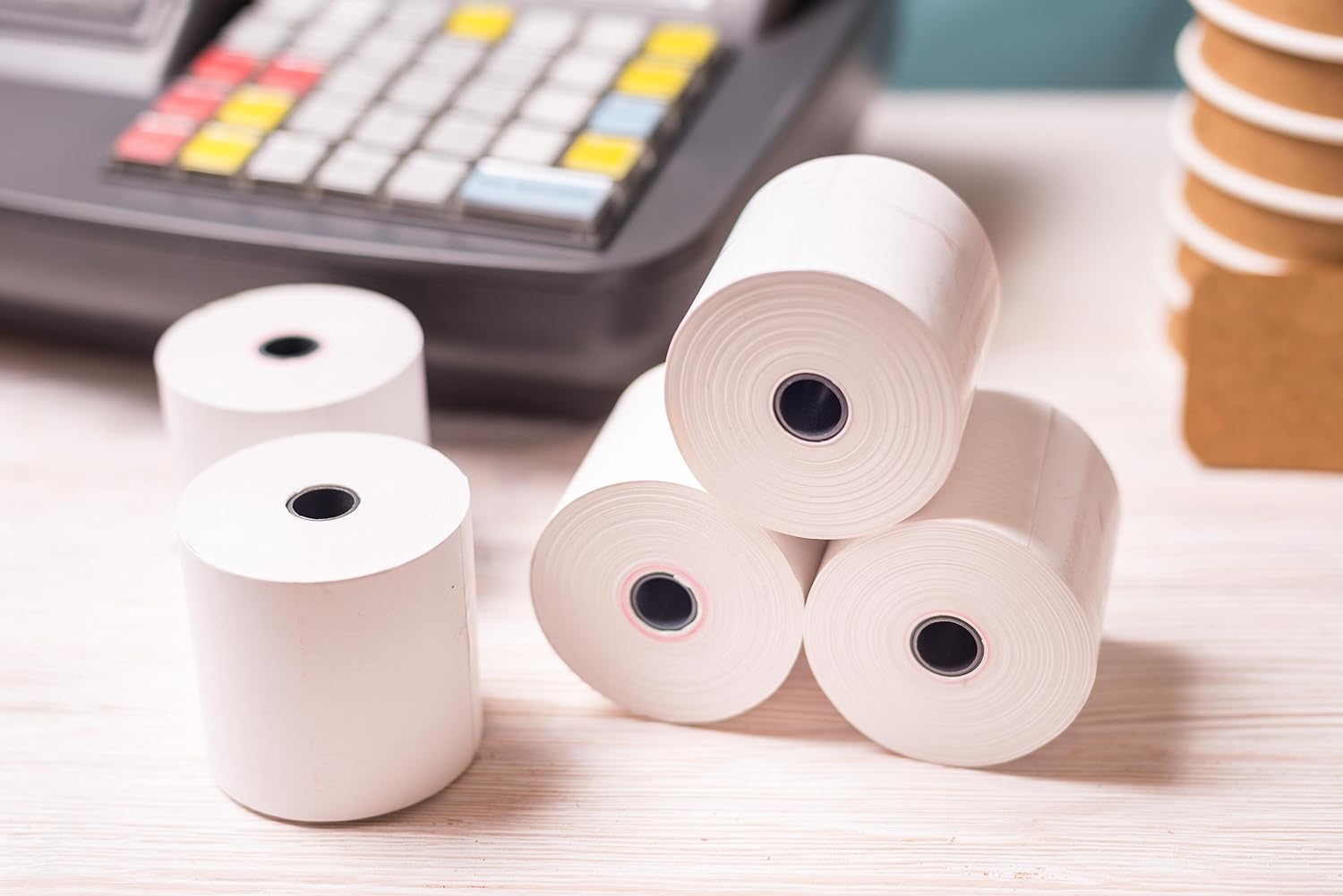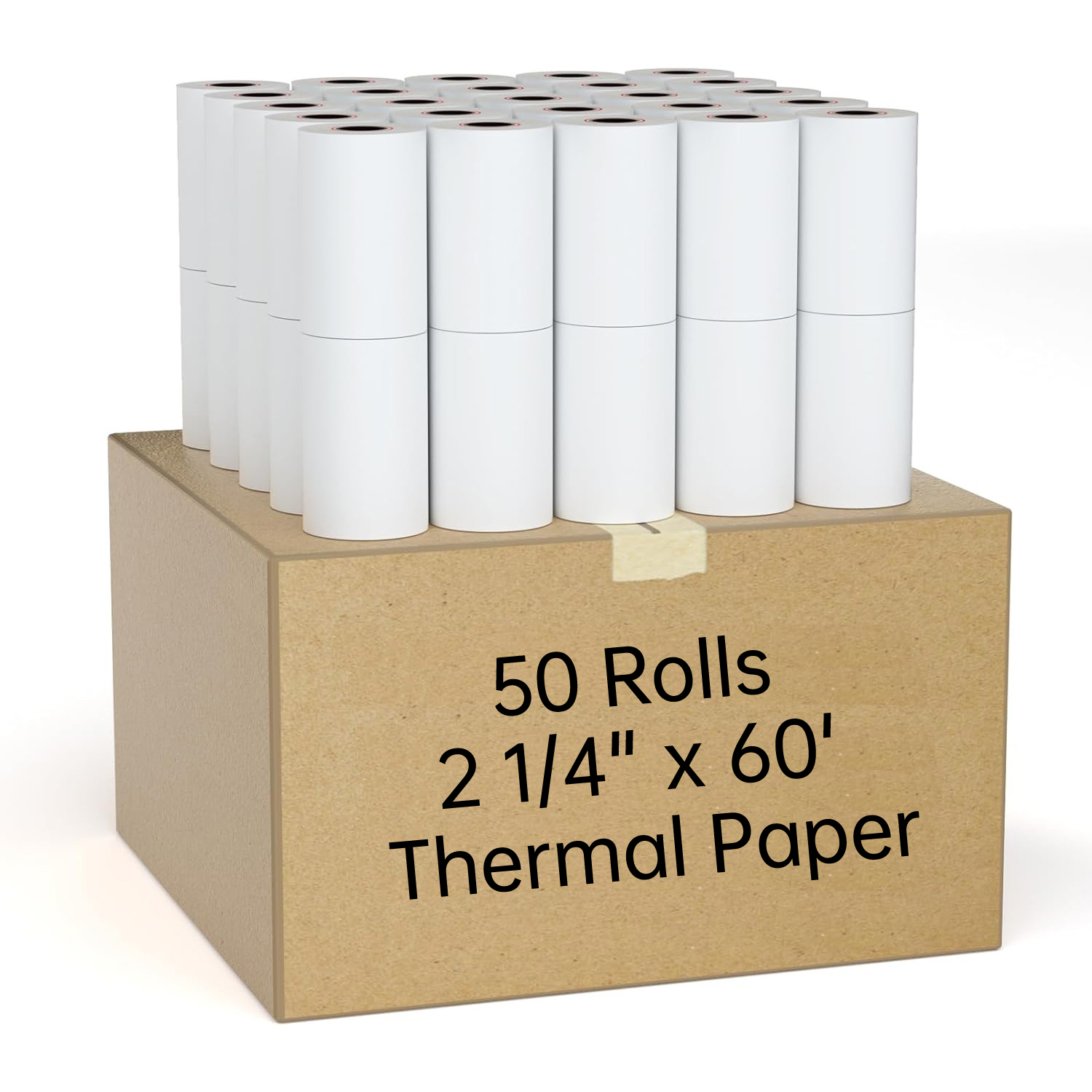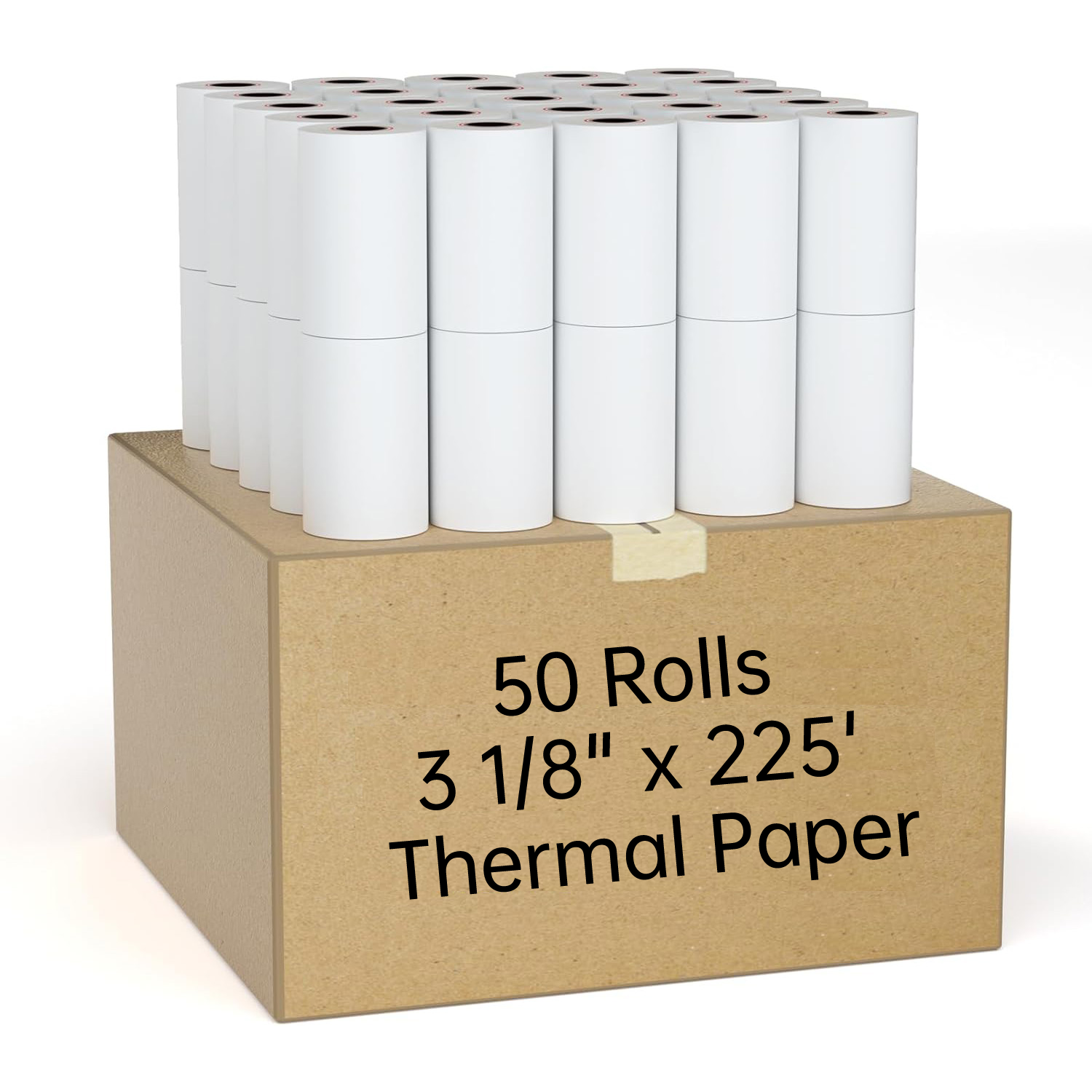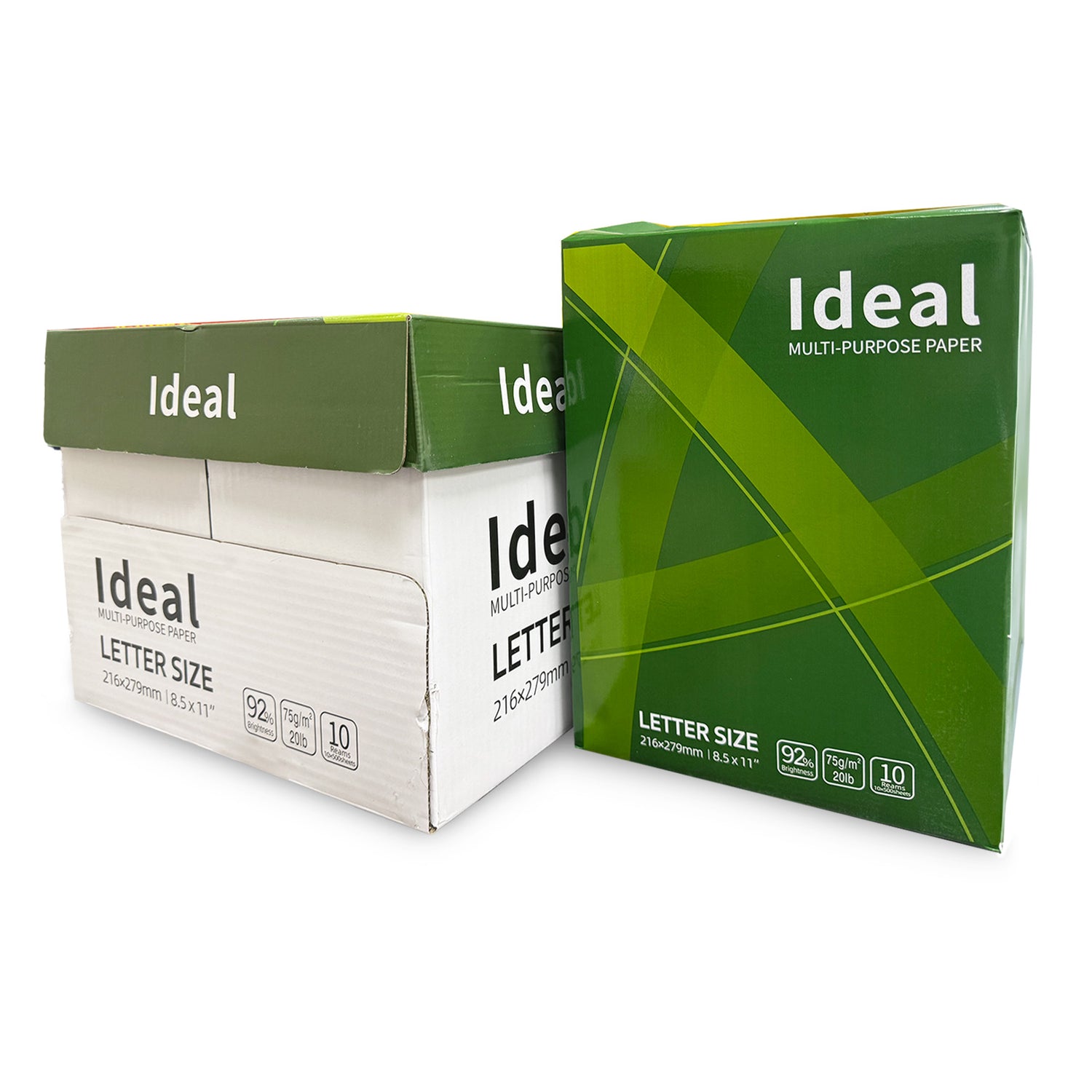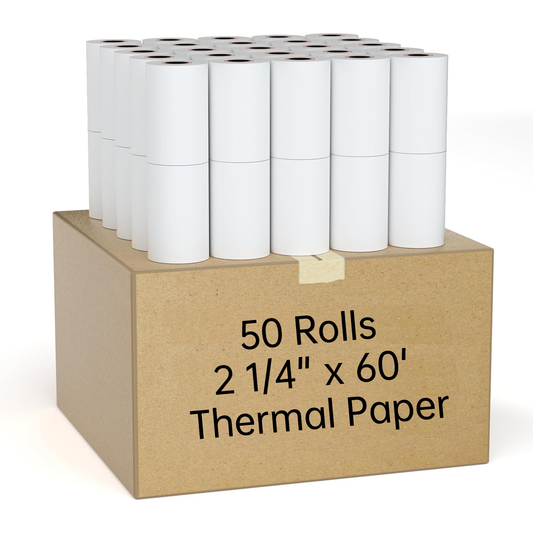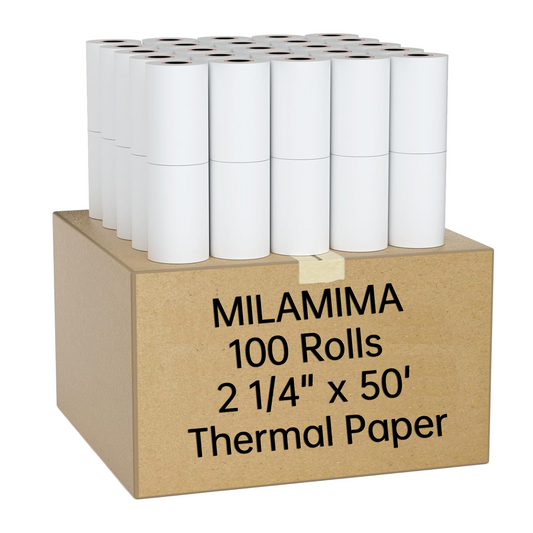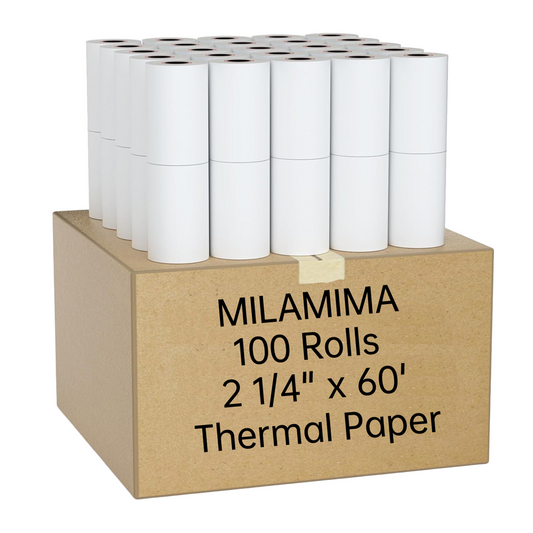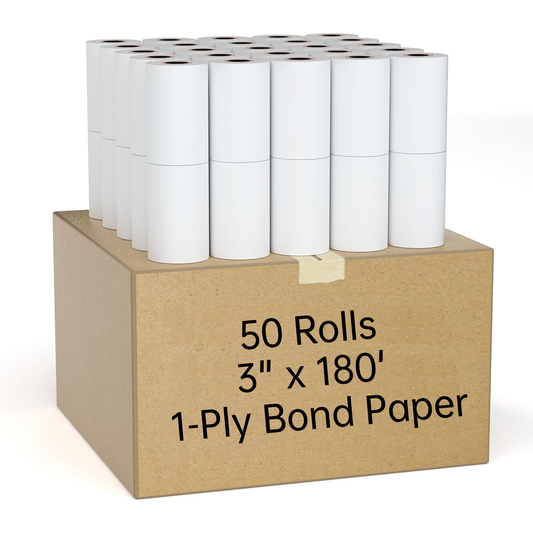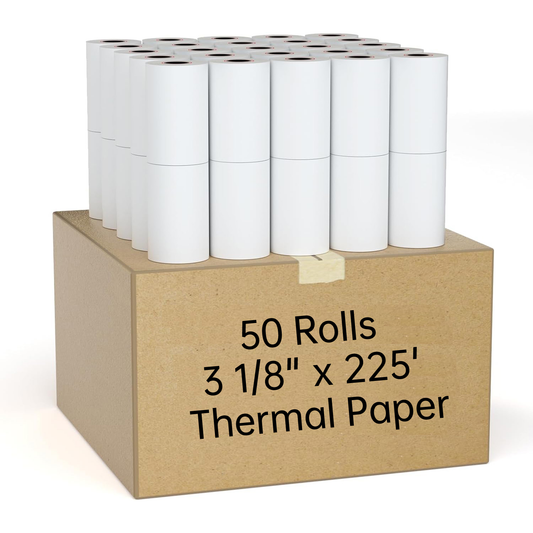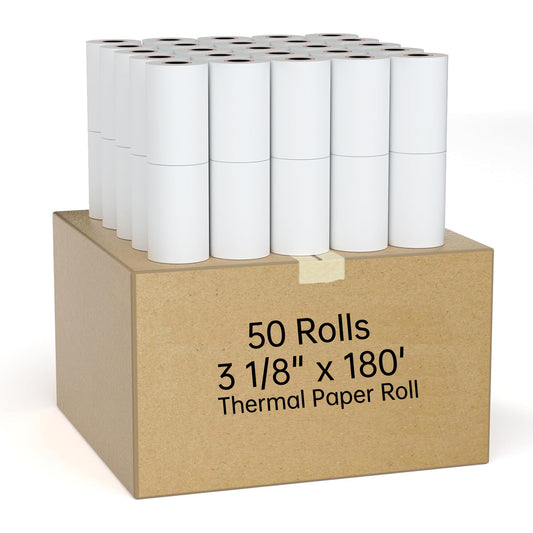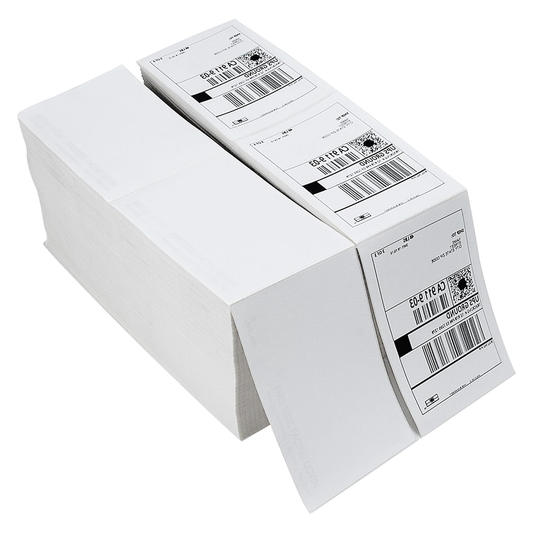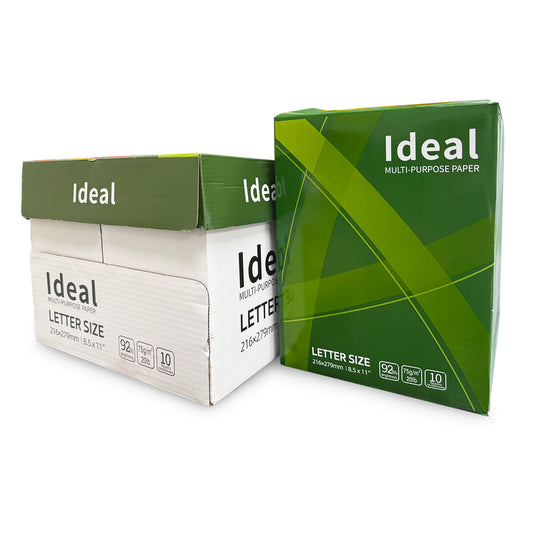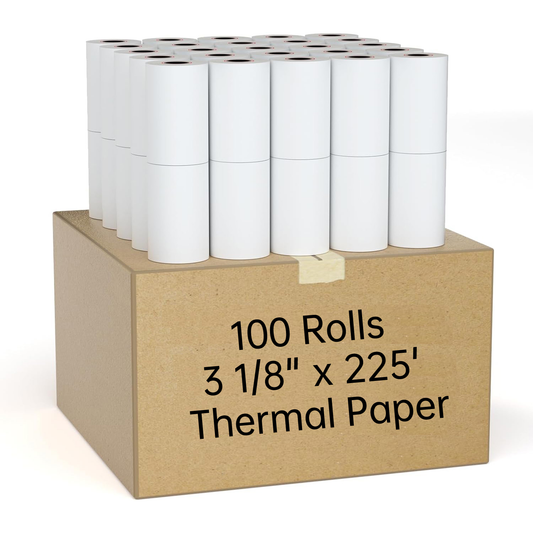Buying your first pair of binoculars can be confusing with the variety of sizes, performance classes, and prices available. To make an informed decision, it's important to understand your specific needs and the key features of binoculars. Here’s a comprehensive guide to help you choose the right binoculars.
Understanding Your Needs
The first step is to determine the primary use for your binoculars. Binoculars are generally categorized into heavy large binoculars and lightweight travel binoculars, with some intermediate sizes available.
- For Hiking and Travel: Opt for compact binoculars that are easy to carry and won’t weigh you down.
- For Static Observations: Full-size binoculars are ideal for activities where you’ll be stationary, as they provide better image stability and brightness, especially when used with a tripod.
Binocular Sizes: Compact, Mid-size, Full-size
- Compact (Objective Lens 20-28mm): Lightweight and easy to carry, but with reduced low-light performance. Ideal for daylight use.
- Mid-size (Objective Lens 30-35mm): A balance between portability and performance, suitable for general use.
- Full-size (Objective Lens 40-50mm): Best for low-light conditions and detailed viewing, but heavier and bulkier.
Understanding Binocular Numbers: Magnification and Objective Lens
- Magnification (e.g., 8x, 10x): Indicates how many times closer the object will appear. Higher magnification provides a closer view but can make the image more shaky and narrow the field of view.
- Objective Lens Diameter (e.g., 42mm, 50mm): Larger lenses capture more light, providing brighter images, especially in low-light conditions.
Choosing the Right Magnification
While higher magnification might seem appealing, it’s important to balance it with usability. Binoculars with 8x or 10x magnification are generally easier to handle and provide a wide enough field of view for most activities.
Field of View
The field of view describes the width of the area visible through the binoculars at a distance (e.g., 367 feet/1000 yards). A wider field of view makes it easier to locate and track moving objects.
Twilight Factor and Exit Pupil
- Twilight Factor: Indicates performance in low-light conditions but is less useful for practical comparison.
- Exit Pupil: Calculated by dividing the objective lens diameter by the magnification (e.g., 50mm/10 = 5mm). A larger exit pupil is beneficial for low-light use, but during daylight, a smaller exit pupil is sufficient.
Other Important Features
- Eye Relief: Distance from the eyepiece at which you can see the full field of view, important for eyeglass wearers.
- Diopter Adjustment: Allows you to compensate for differences in vision between your eyes.
- Weatherproofing: Ensures durability in various conditions. Look for waterproof and fog-proof features.
- Optical Quality and Coatings: High-quality optics and coatings improve light transmission and image clarity.
Choosing Based on Specific Uses
- Hiking/Travel: Look for compact, lightweight models (e.g., 8x25).
- Birding/Hunting: Mid-size or full-size binoculars (e.g., 8x42, 10x42) with good magnification and a wide field of view.
Final Thoughts
Choosing the right binoculars involves understanding your specific needs and the key features that affect performance. By considering factors like size, magnification, field of view, and additional features, you can find the perfect pair for your activities.
Explore our best binoculars to see our top recommendations and make an informed decision.

